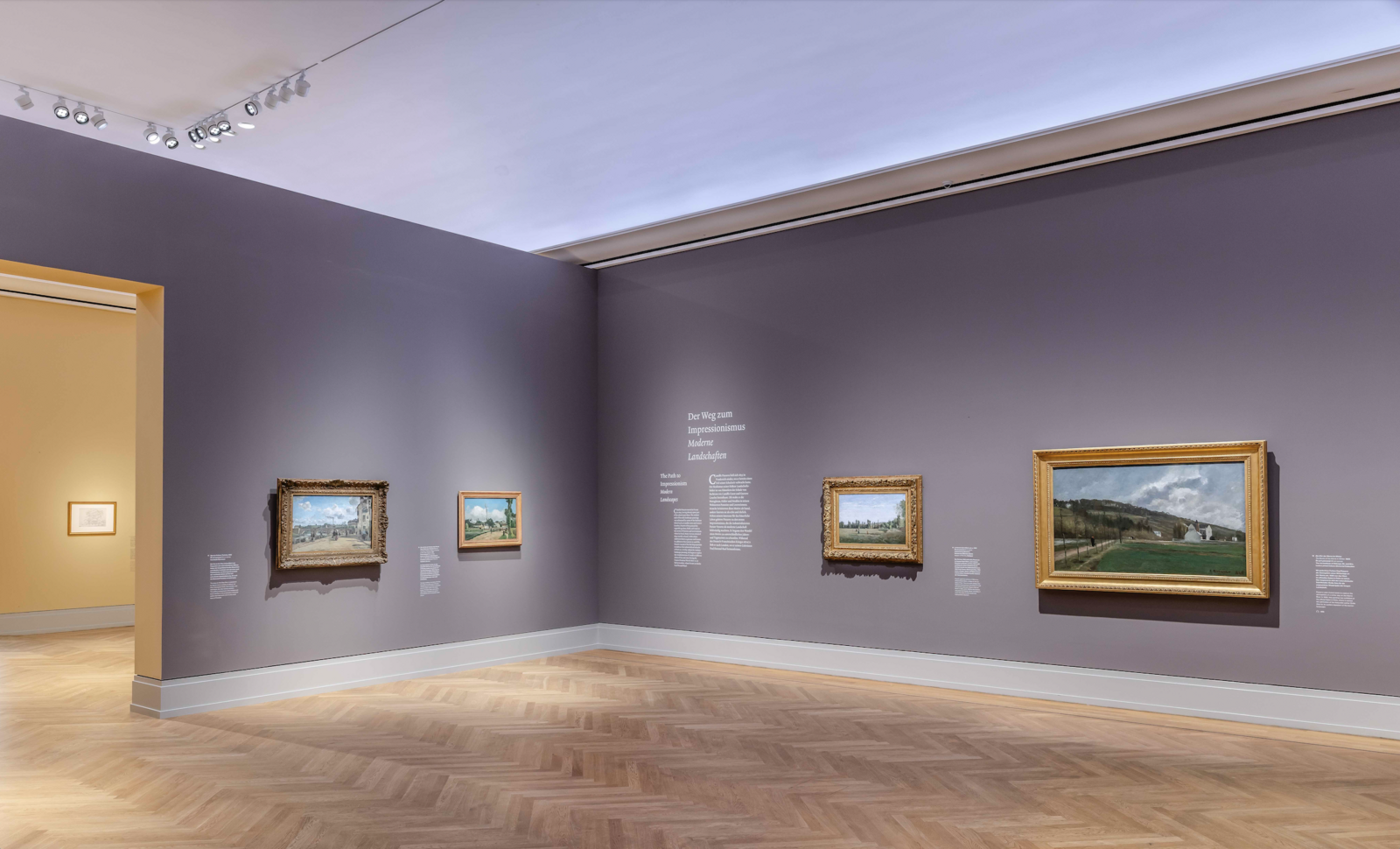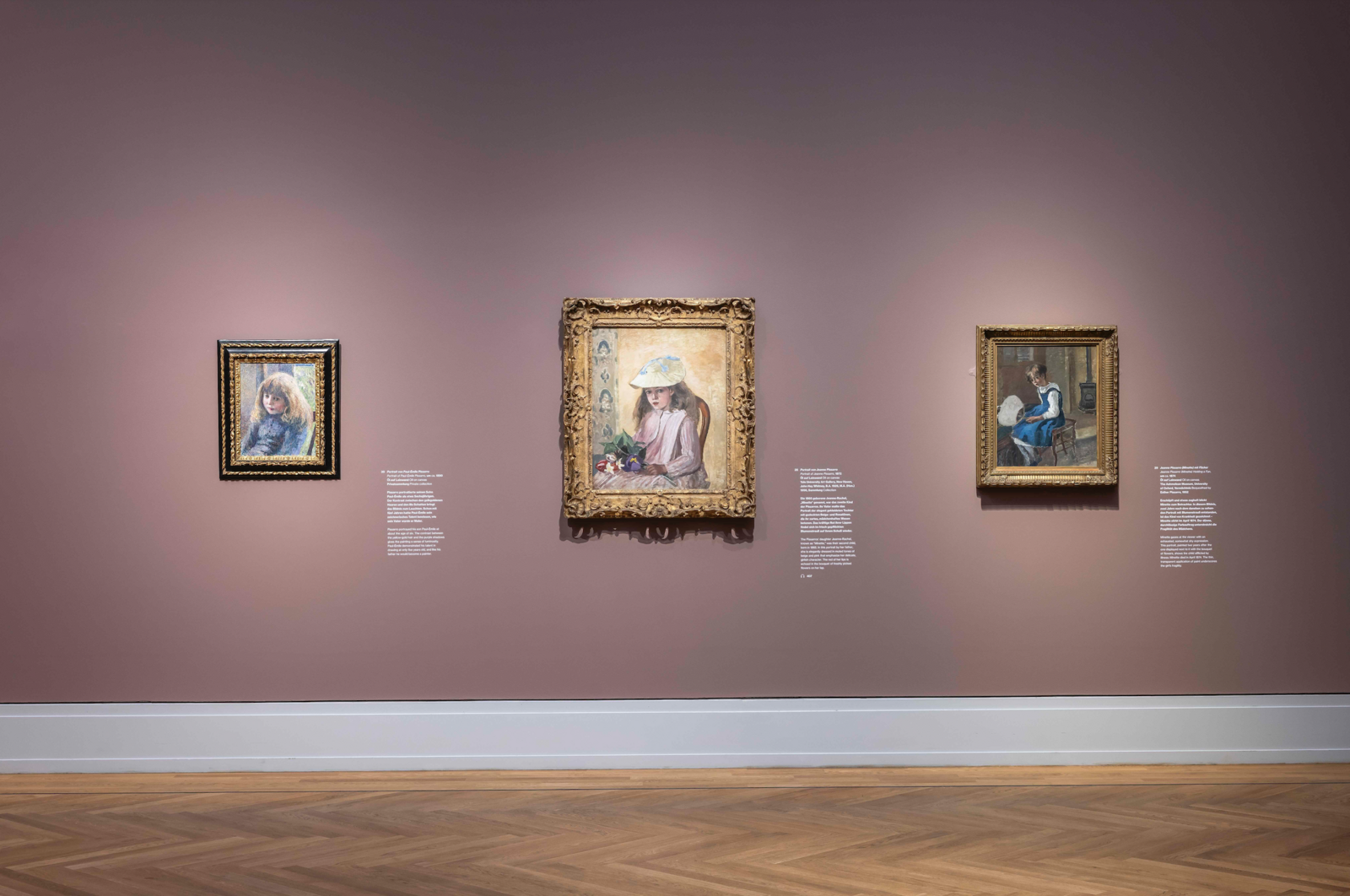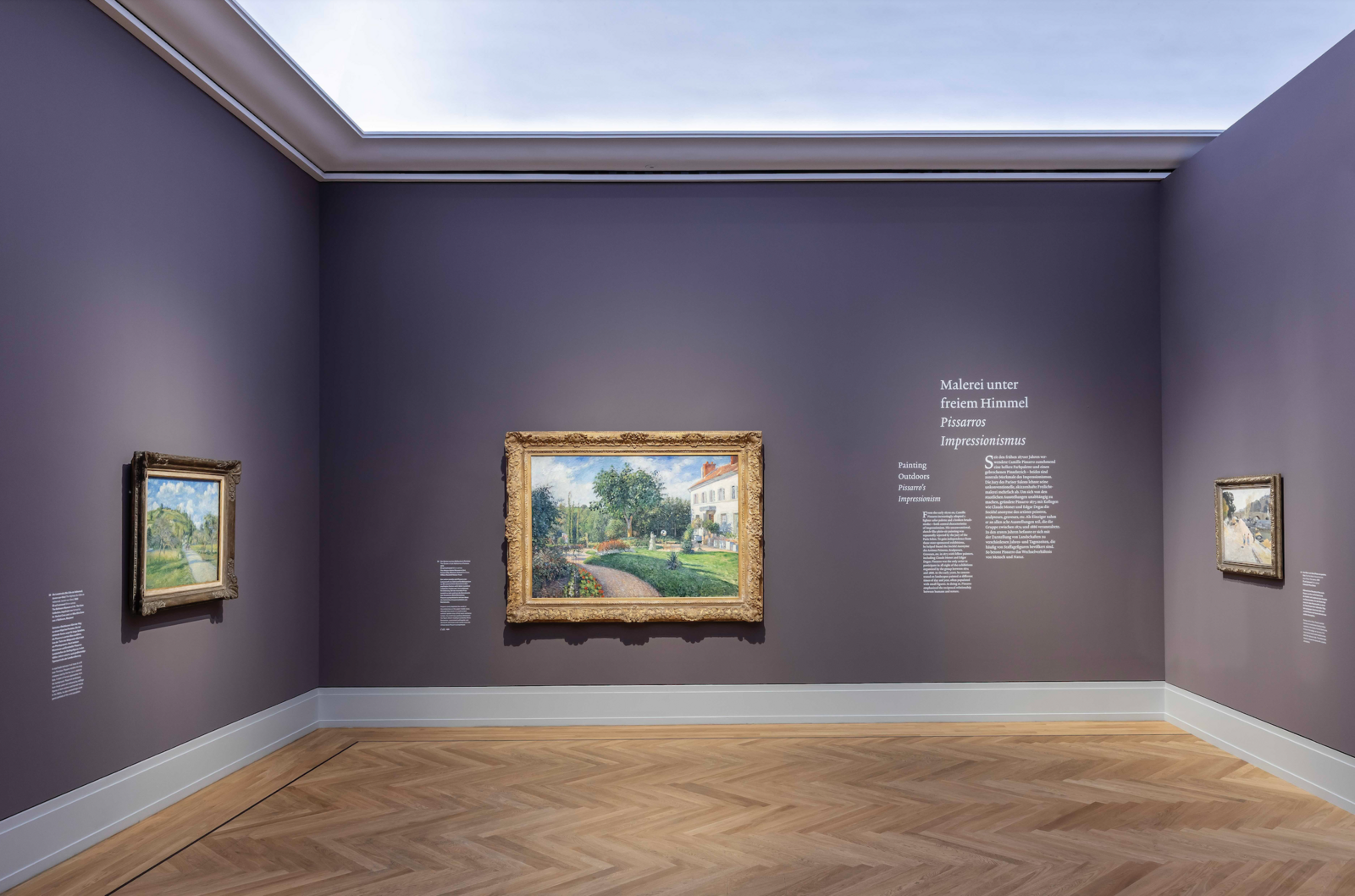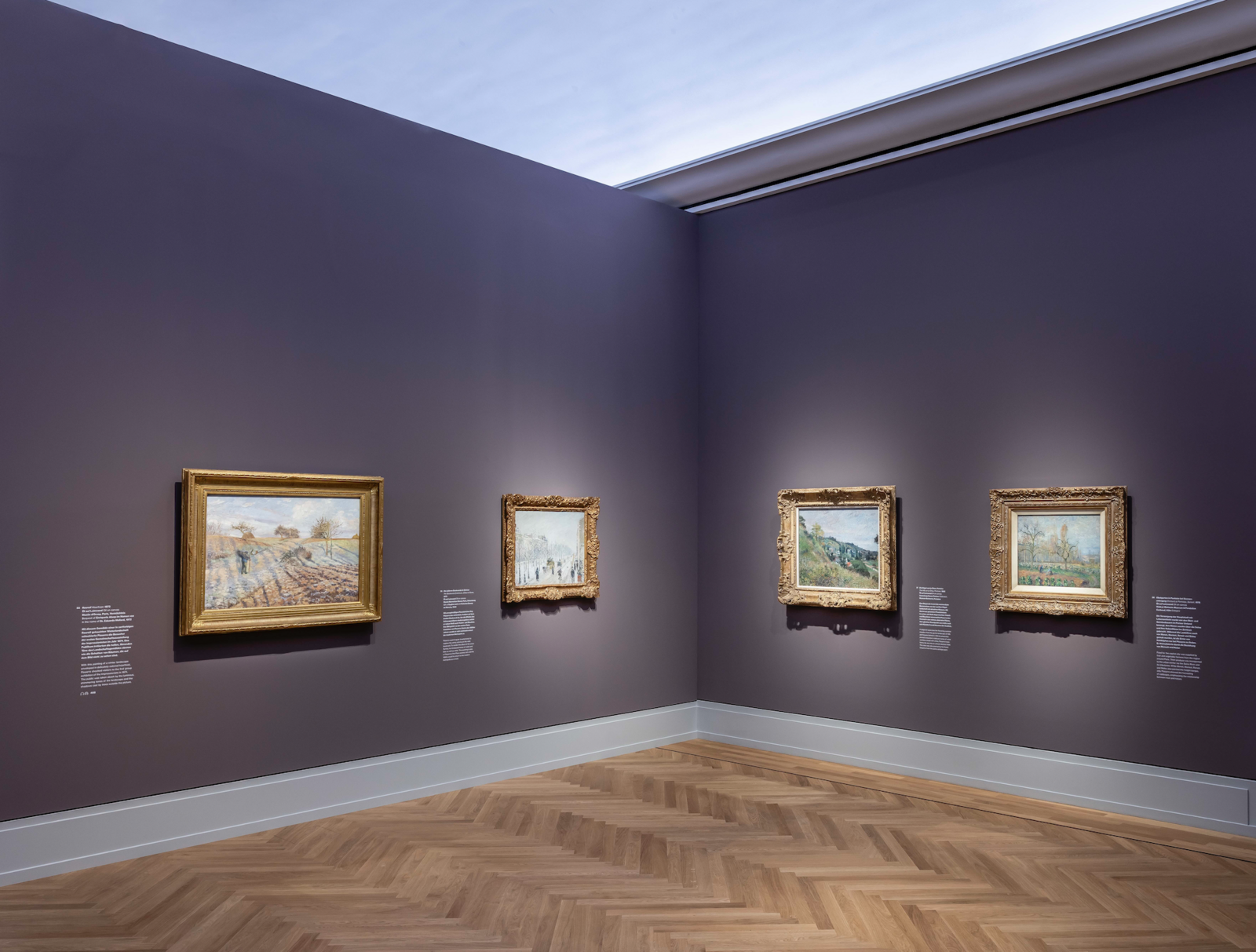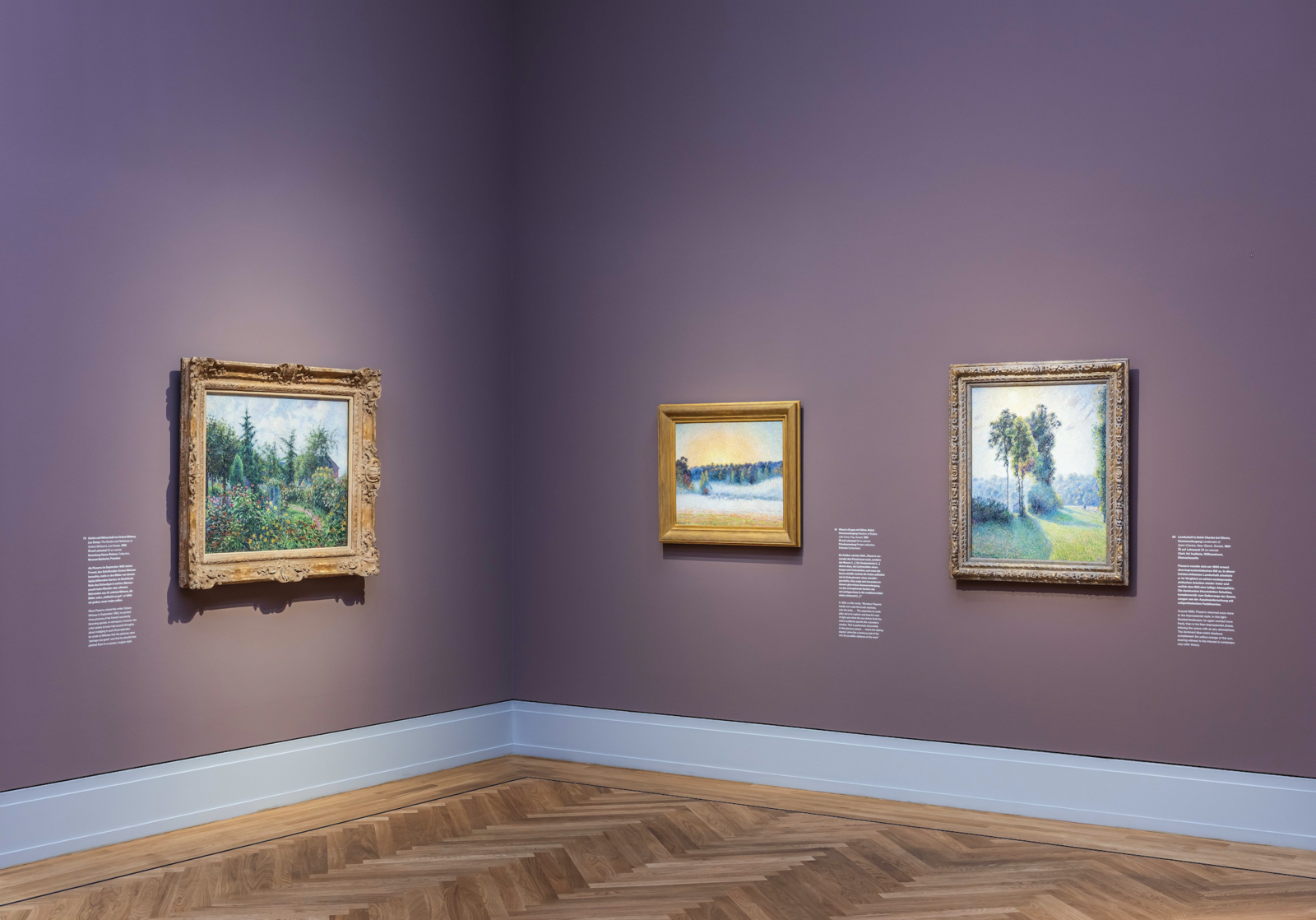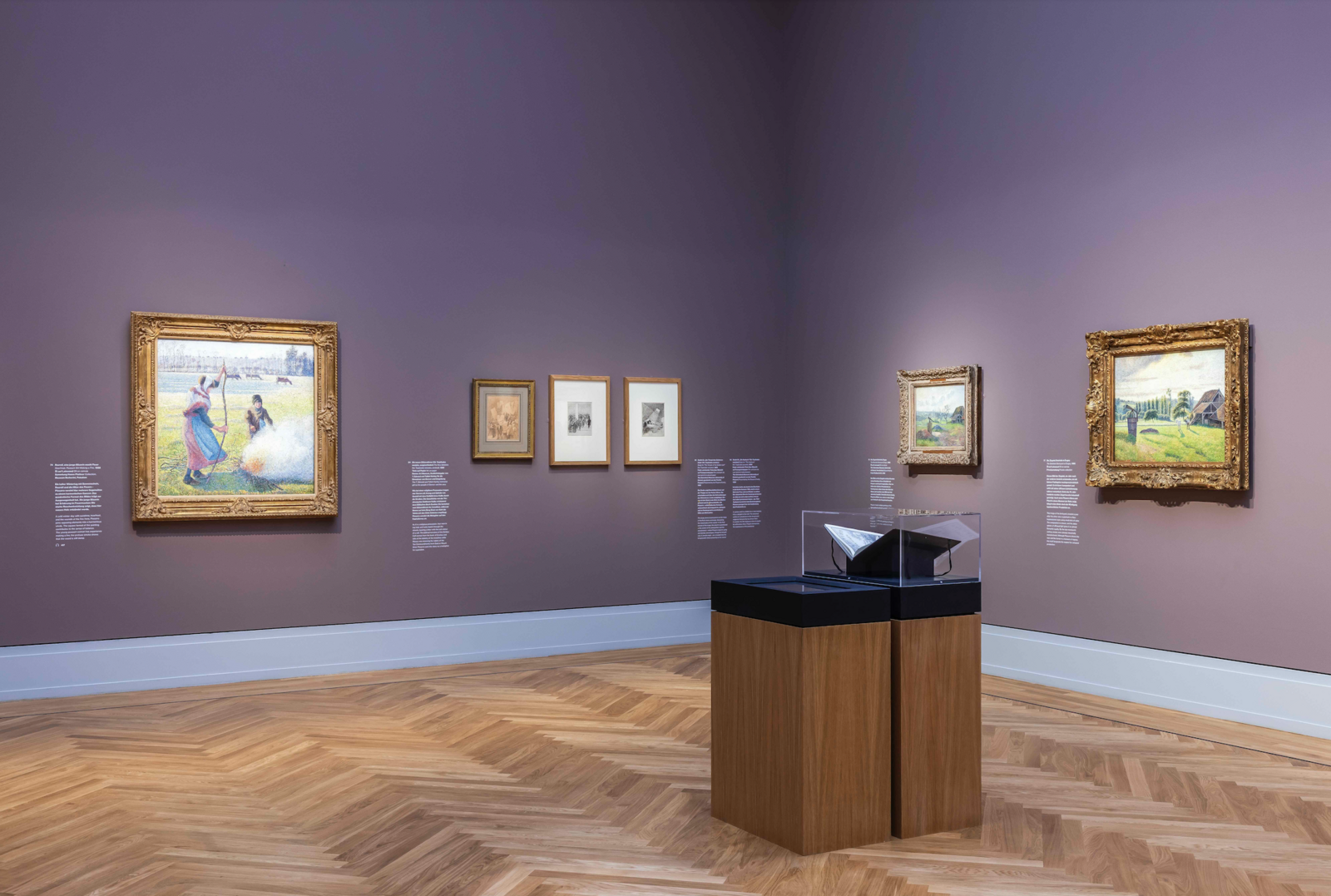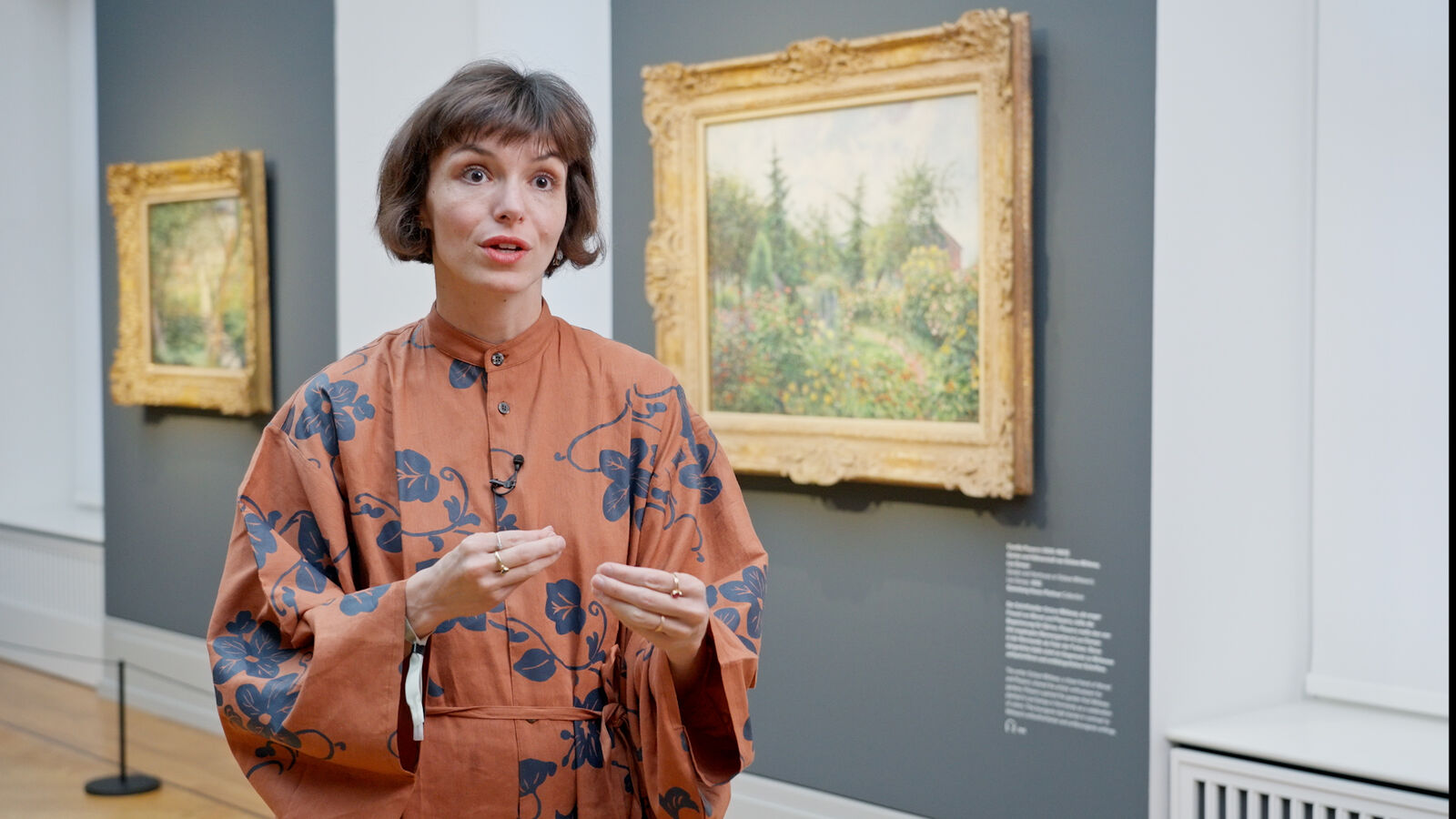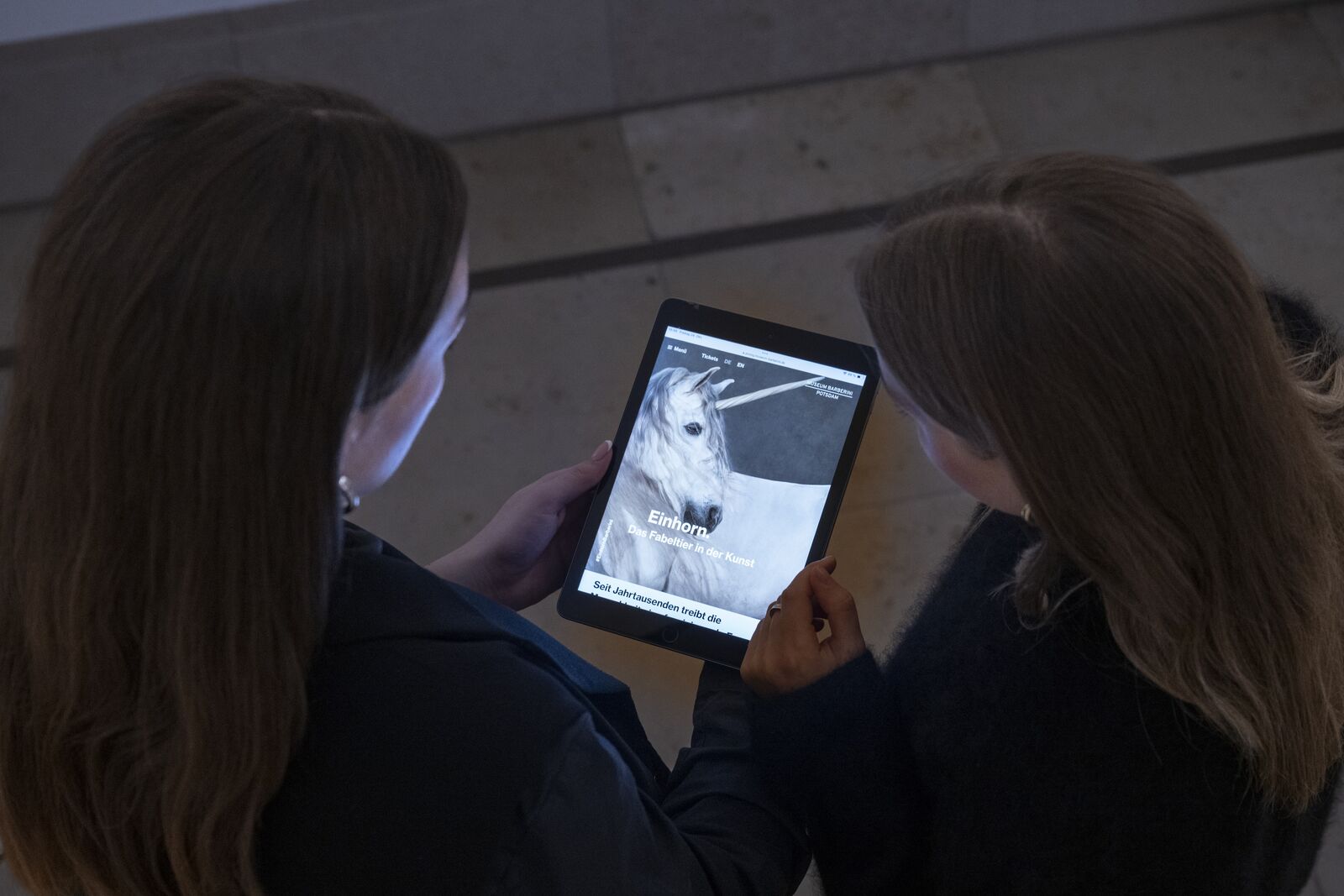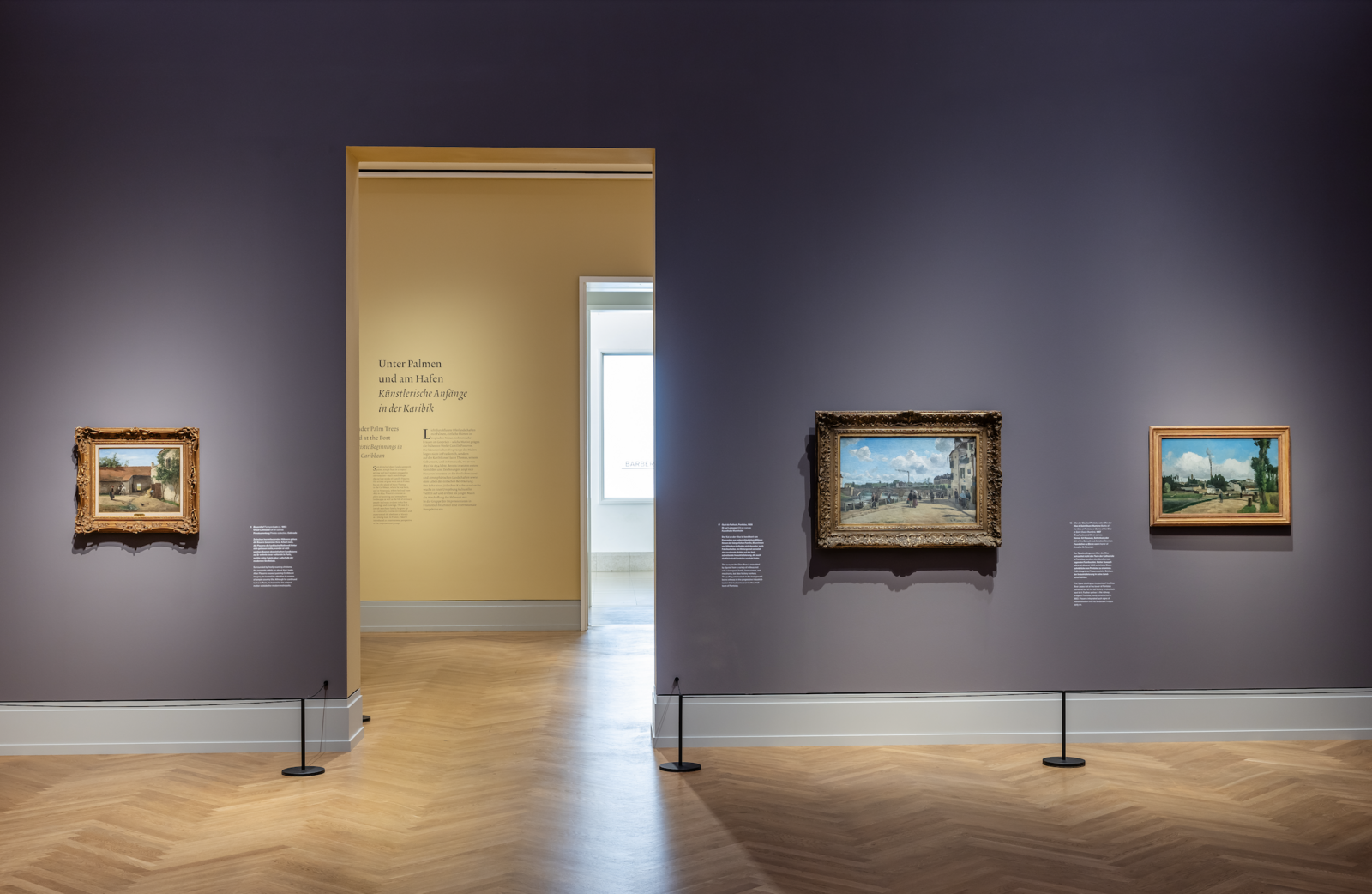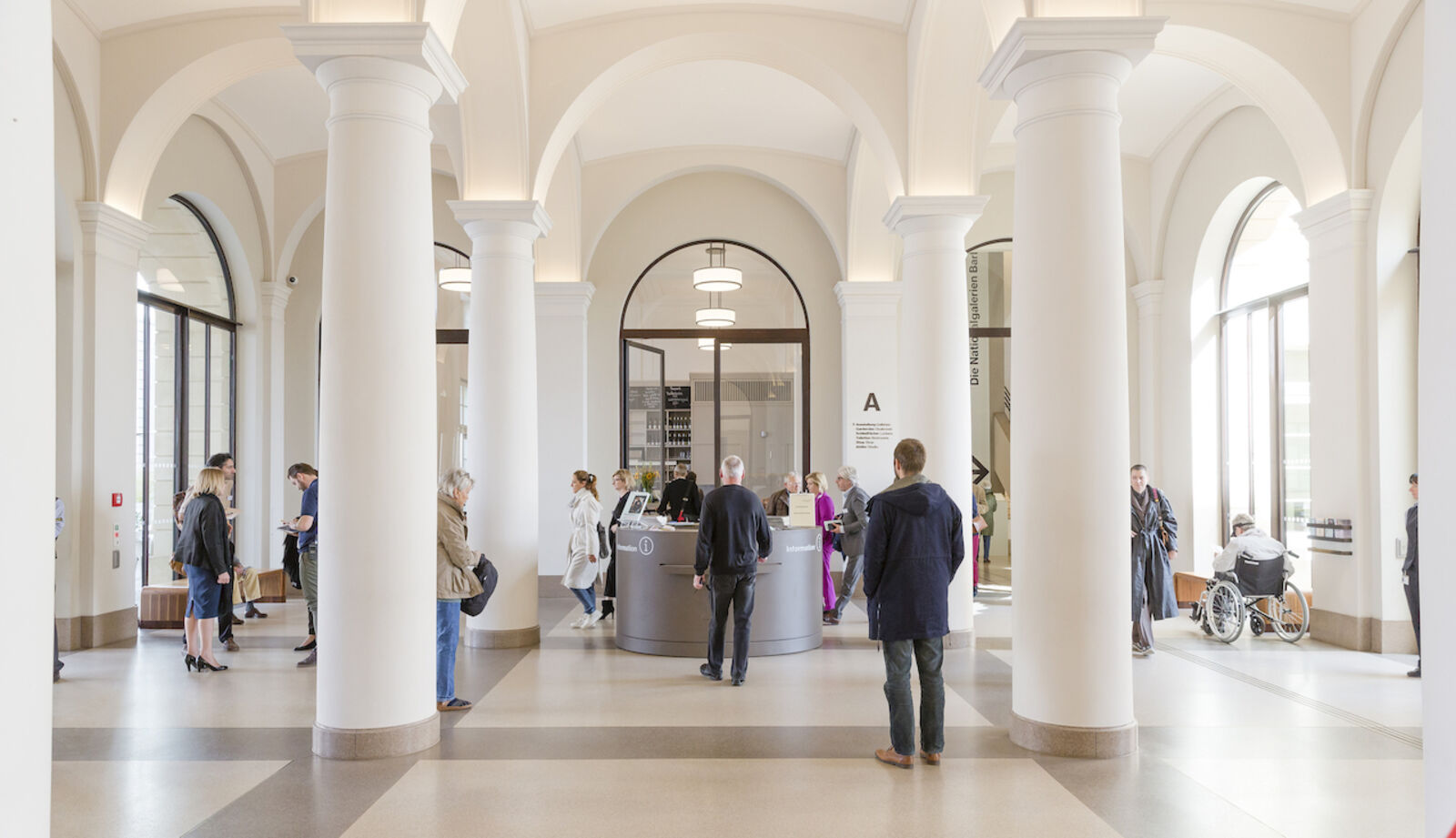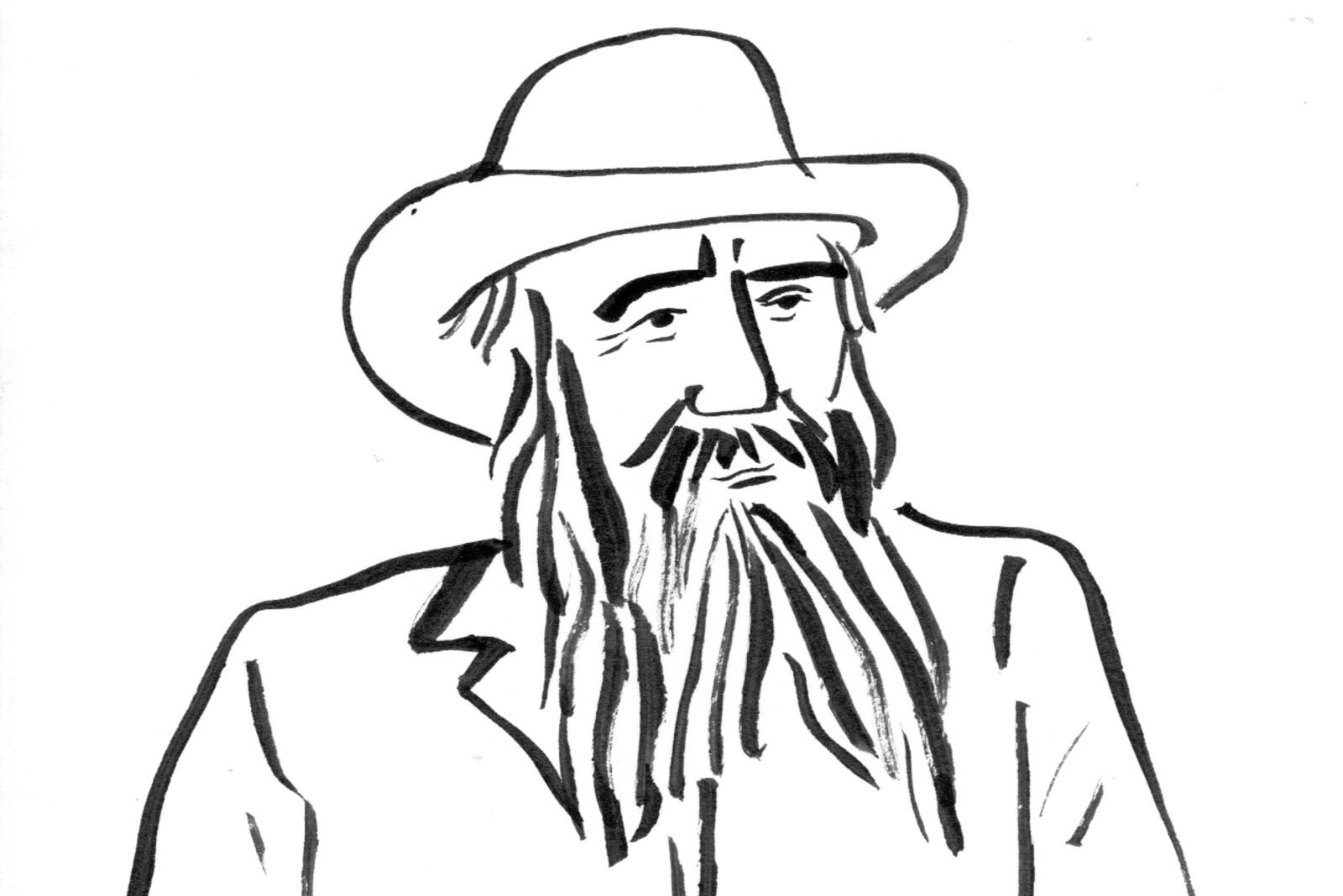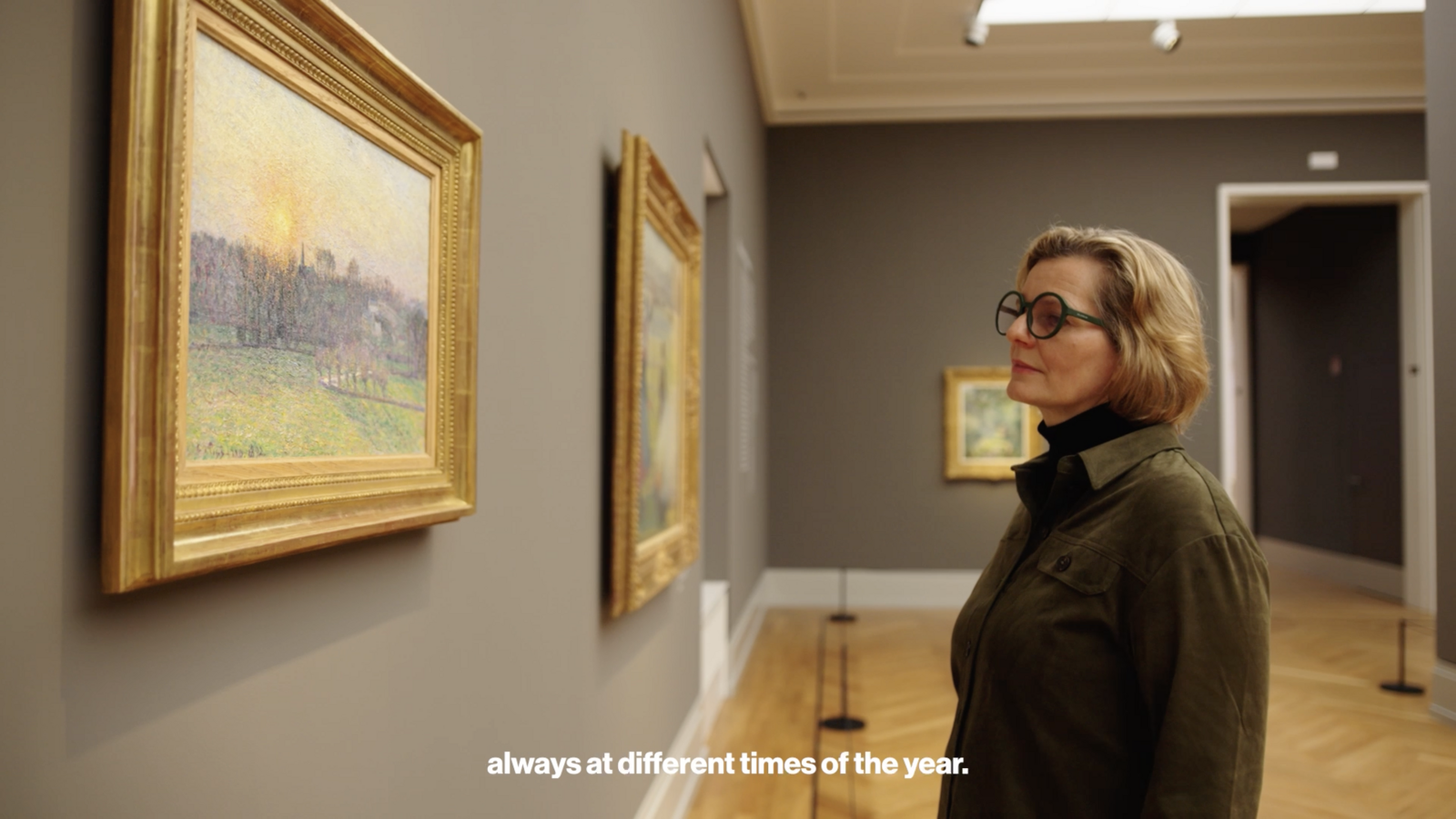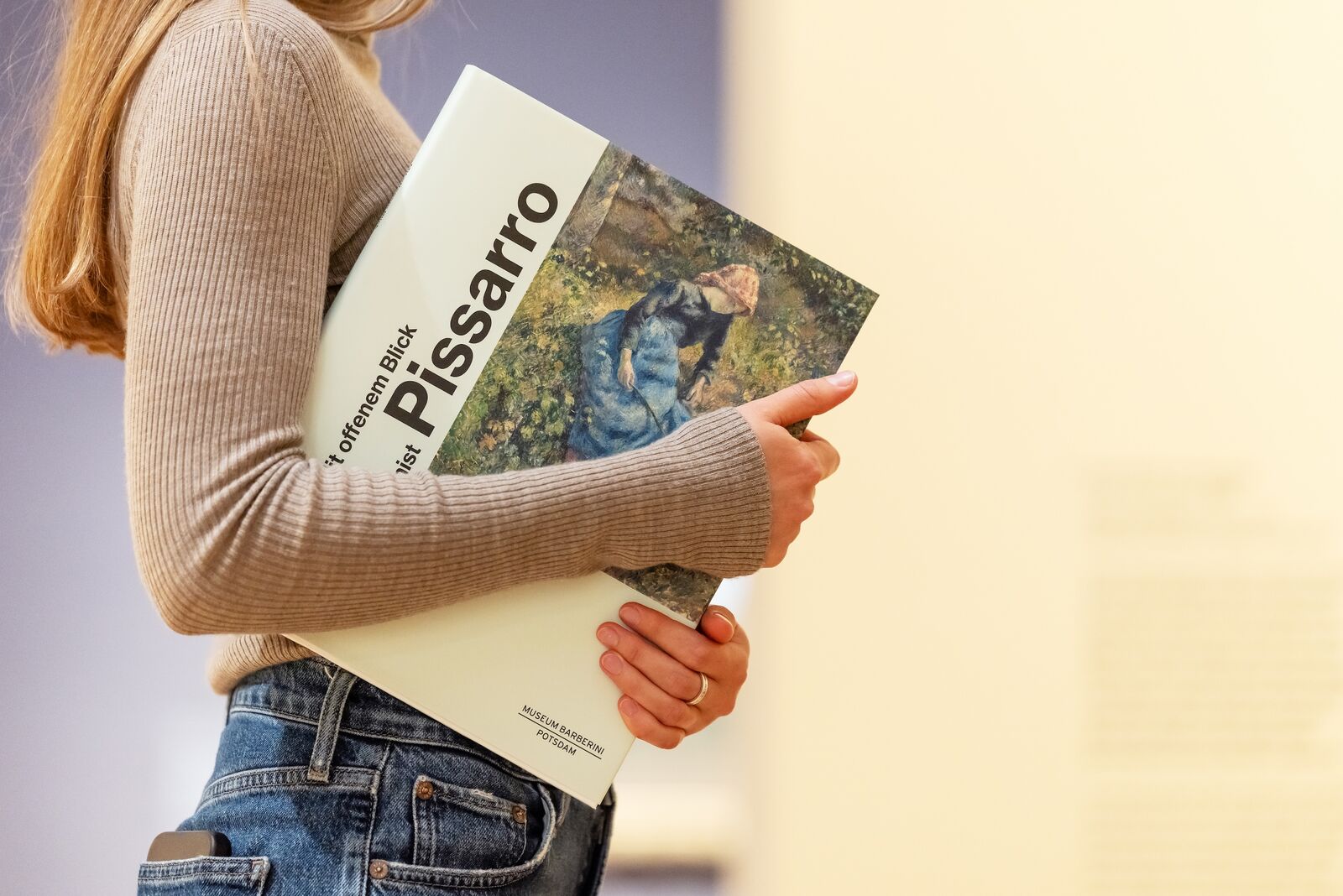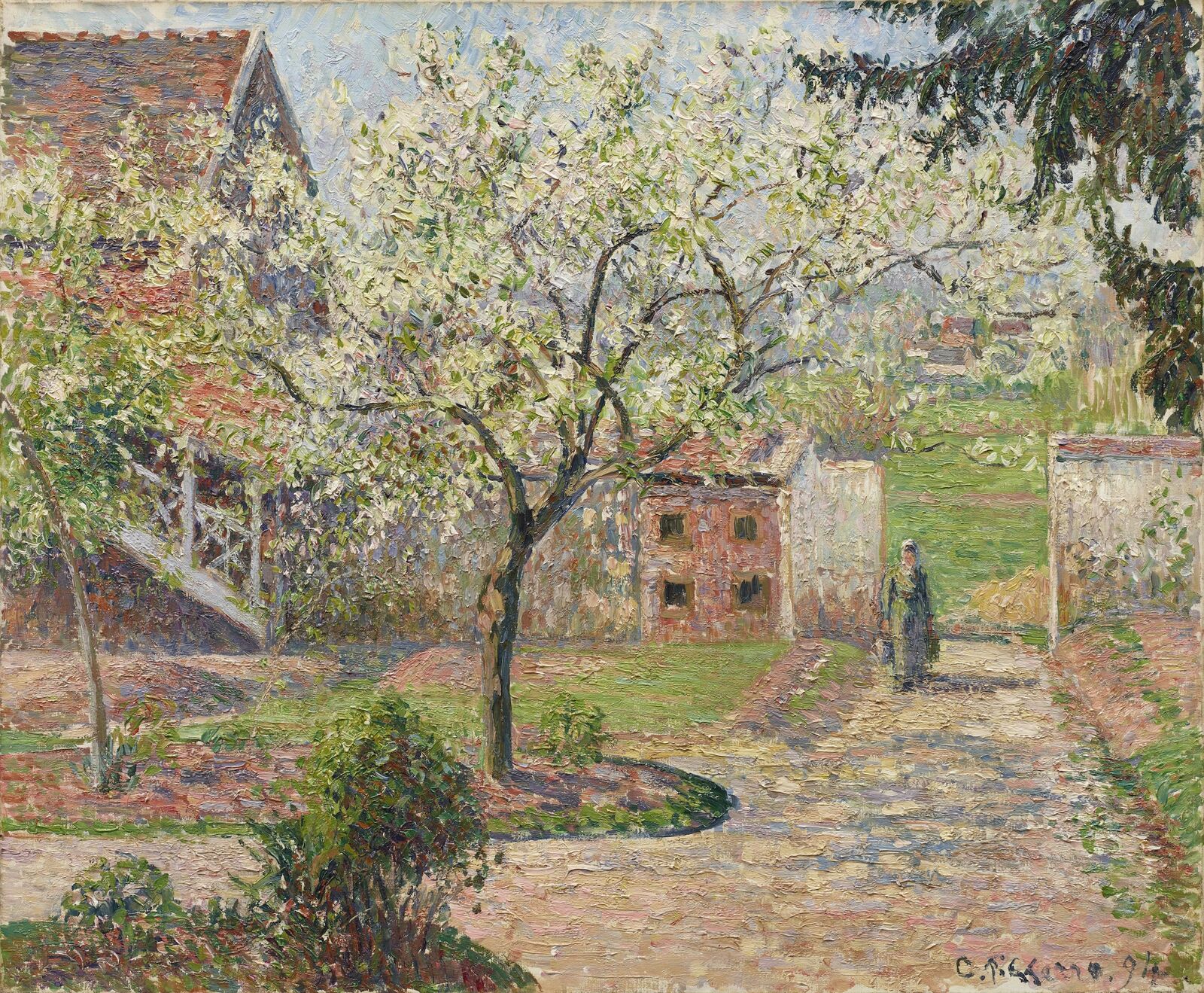
The Honest Eye: Camille Pissarro's Impressionism
Camille Pissarro is considered one of the founders of the Impressionist movement in France. His artistic beginnings, however, lay in the Caribbean and South America. These roots were combined with a painterly interest in scenes of everyday rural life and a sympathy for anarchism. Pissarro’s motifs are often simple and restrained in tone. Only at second glance do we discover the charm of their attentively observed details and carefully orchestrated harmonies, qualities that arise from the artist’s respectful gaze, idealism, open-mindedness, and love of experimentation. Thematically, his images range from landscapes and gardens to family portraits, scenes of peasant life, and urban motifs such as the ports of Normandy and the bustling streets of Paris.

Hasso Plattner Collection
Camille Pissarro: Boulevard Montmartre, Twilight, 1897
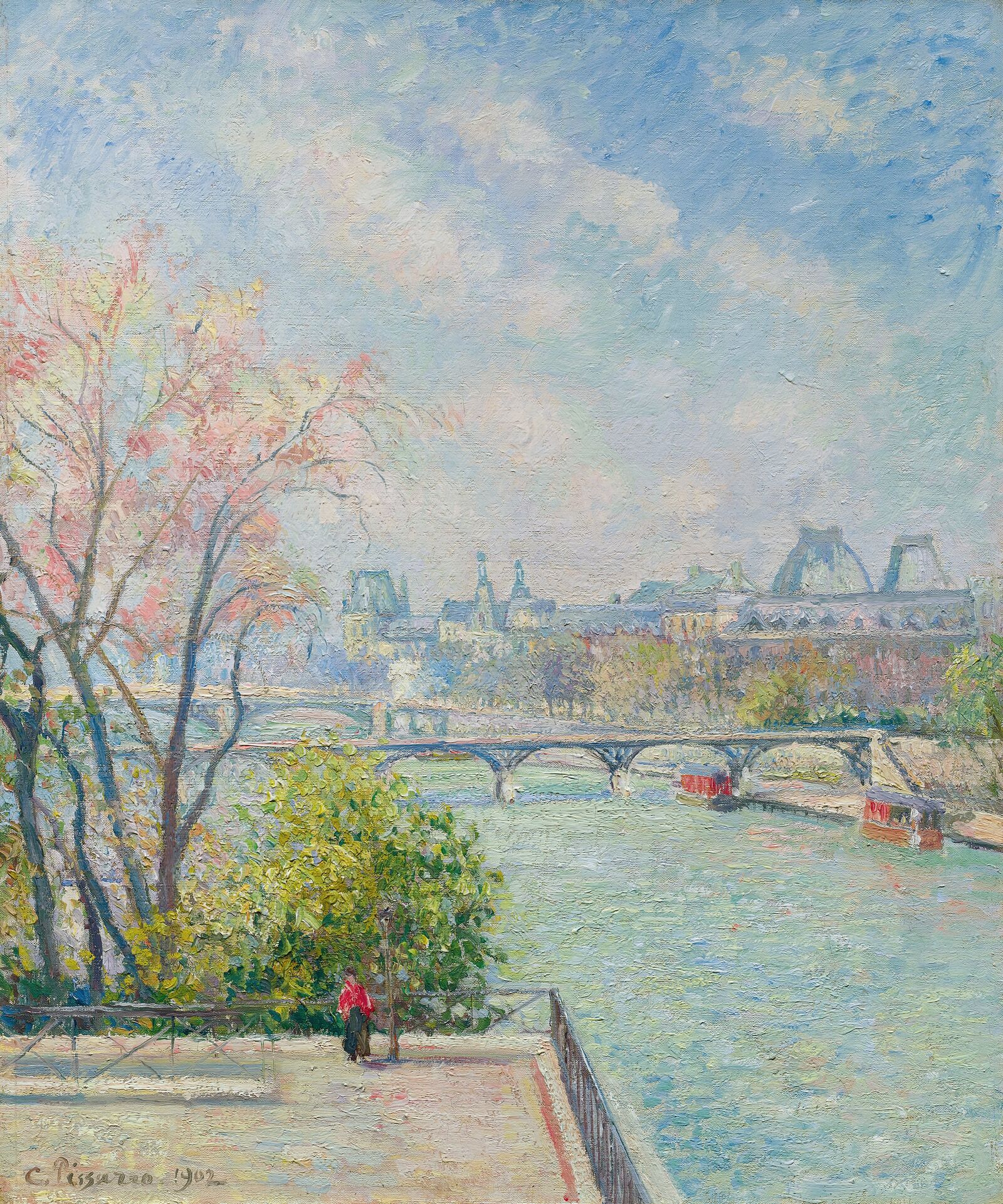
Hasso Plattner Collection
Camille Pissarro: The Louvre, Morning, Spring, 1902
Ortrud Westheider, Director"Camille Pissarro was a father figure to many of the Impressionist artists, yet only in more recent times has his own oeuvre been more studied and appreciated in greater depth. In recent years, exhibitions like those in Williamstown and San Francisco, Ordrupgaard near Copenhagen, Basel, and Oxford have focused more strongly on Pissarro. The retrospective in Potsdam and Denver builds on these important stations in the research on Pissarro. With the seven works by Pissarro in the Hasso Plattner Collection as a point of departure and the outstanding collaboration of the Denver Art Museum, we show how Pissarro’s Impressionism is closely tied to the group, but at the same time is also unique."
With the seven paintings by Pissarro in the Hasso Plattner Collection as the point of departure, augmented by over 100 works from fifty international collections, the exhibition The Honest Eye: Camille Pissarro’s Impressionism offers a well-grounded overview of Pissarro’s entire oeuvre while also revealing the social-utopian ideas that informed his art. The show is presented in cooperation with the Denver Art Museum, with loans from numerous renowned collections in the United States such as the Art Institute of Chicago, the J. Paul Getty Museum, Los Angeles, the Clark Art Institute, Williamstown, the Philadelphia Museum of Art, the National Gallery in Washington, DC, and the Metropolitan Museum of Art, New York. Other international lenders include the Van Gogh Museum, Amsterdam, the Musée d’Orsay, Paris, Ordrupgaard, Copenhagen, the Szépművészeti Múzeum, Budapest, the Courtauld and the National Gallery, London, and the Gallery of Ontario, Toronto.
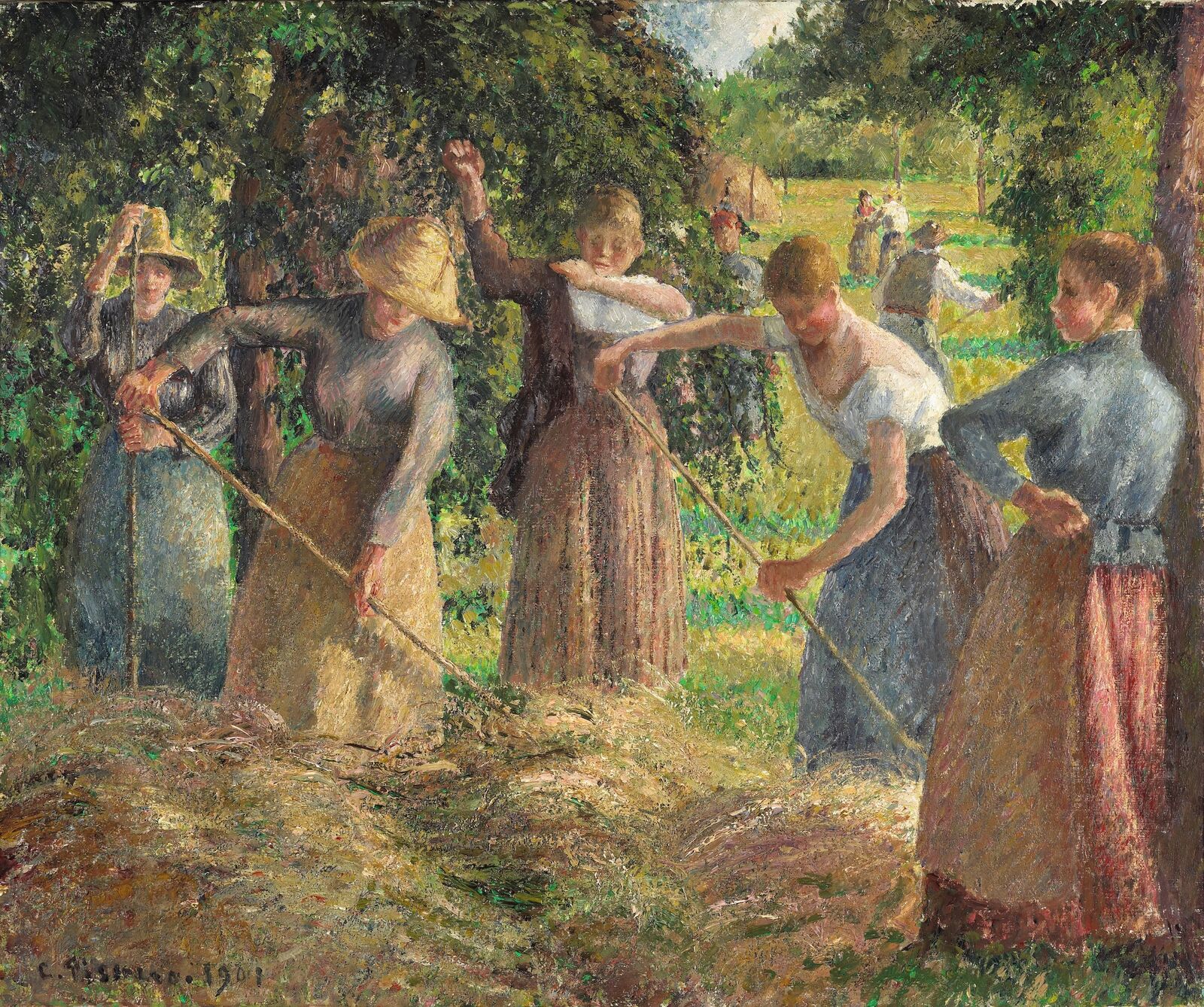
Camille Pissarro: Haymaking at Éragny, 1901, National Gallery of Canada, Ottawa. Purchased 1946
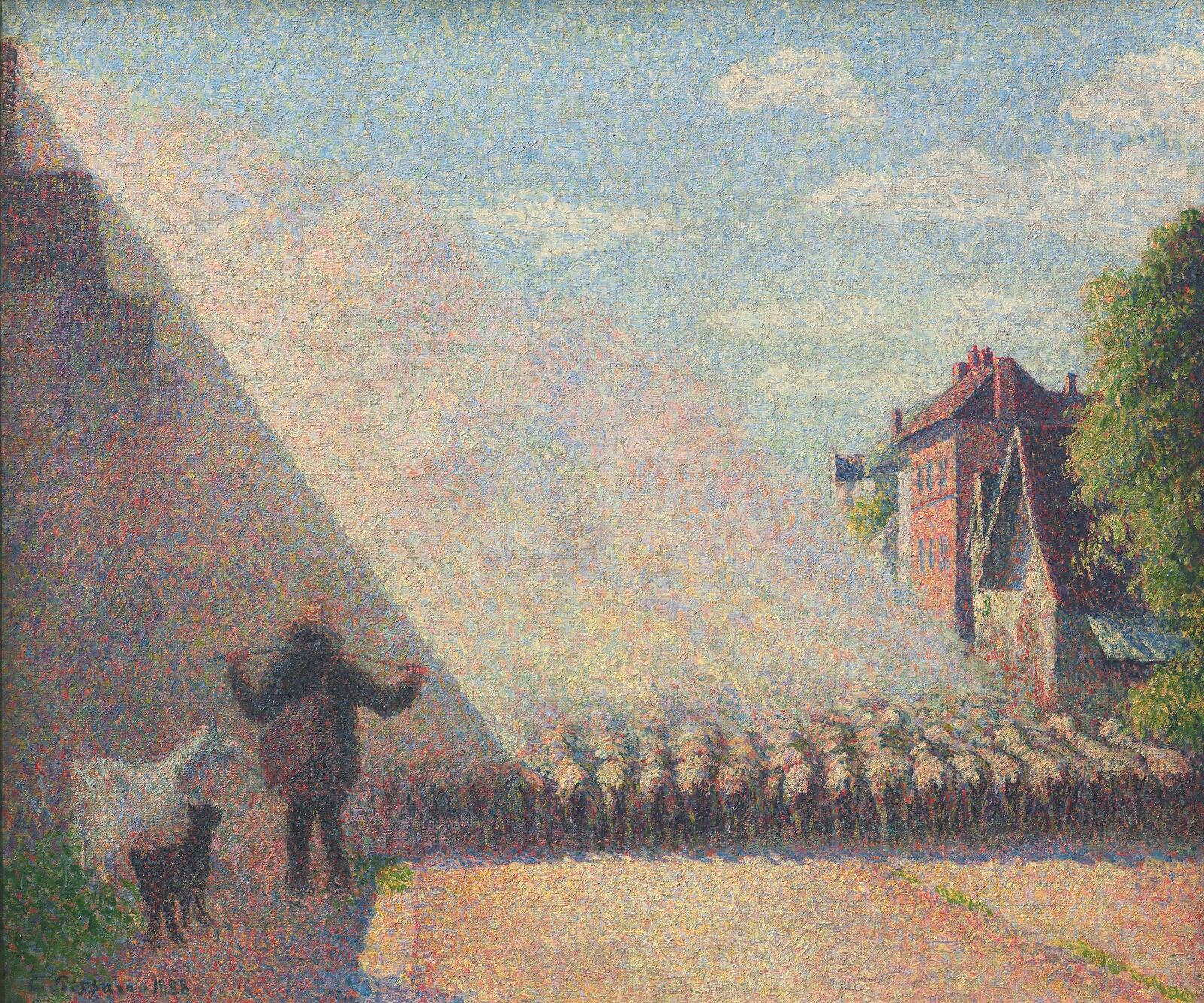
Camille Pissarro: The Flock of Sheep, Éragny, 1888, Private Collection, © akg-images / Cameraphoto
Nerina Santorius, Curator, Museum Barberini“It is Pissarro’s conception of the landscape, above all, that stands out among the Impressionists. While painters like Monet or Renoir usually showed the city and country as the setting for bourgeois leisure activities, Pissarro points our gaze to the way in which ordinary people shape and influence a variety of everyday landscapes—through the life and work of the individual in harmony with nature as well as through the movement of crowds in the metropolis. He depicts his wife Julie cultivating the garden, shows an experienced peasant woman starting a fire even with damp wood, and paints carriages stuck in rush hour traffic on a boulevard in Paris. One of Pissarro’s central artistic concerns was to show the beauty in the small things of everyday life.”
In cooperation with the Denver Art Museum, where the exhibition will be shown from October 26, 2025, to February 8, 2026.
From September 14, 2024, to January 5, 2025 the Museum Barberini presented a small selection of prints by Camille Pissarro. The presentation of twenty prints from the Kupferstichkabinett of the Staatliche Museen zu Berlin offered a foretaste of the major retrospective taking place this year.
View of the exhibition
Reading, Hearing, Viewing
Media Partners
ARTE
Tagesspiegel
Potsdamer Neueste Nachrichten
radio3
tip Berlin
Yorck Kino
The Berliner

